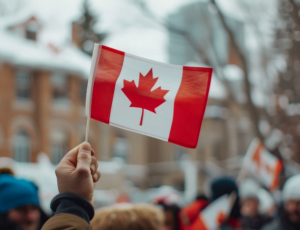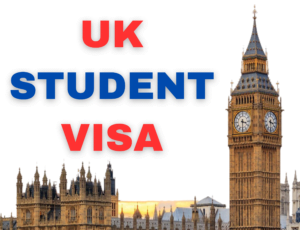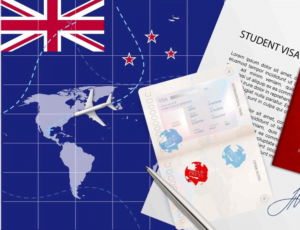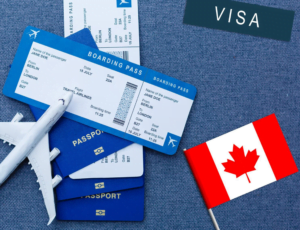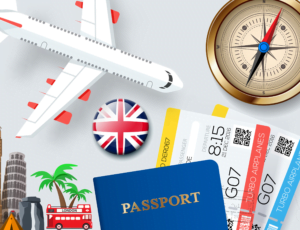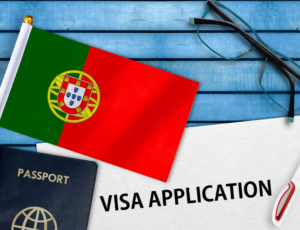Schengen Visa Fee Hike: Navigating Increased Travel Costs in Europe from June 11
Schengen Visa Fee Hike Traveling to Europe just became slightly more expensive. From June 11, 2024, the Europe Union has introduced a hike in Schengen visa fees (type C) that has affected international travelers. This move by the Slovenian Government is in line with the general move by the European Commission to adapt visa costs to reflect current inflationary trends and increased wages for employees of the member countries. Details of the Schengen Visa Fee Increase Now, tourists who plan to stay in Schengen countries for a short term only will have to spend more money. The fee for adult visa applications has increased from €80 to €90, which is an increase of 12%. 5% increase. Likewise, children within the ages of 6 to 12 years cost has been raised from €40 to €45. This adjustment is done after going through a review process, the last fee hike happened in February 2020. The new pricing structure is expected to help in addressing the impacts of inflation on member states’ balance of payments.However, there are higher charges for the nationals of countries that do not cooperate in readmission or have problems with irregularity. These individuals will be required to pay €135 or €180 for the visa depending on certain conditions. Schengen Visa Fee Reasons There is several reasons that the European Commission has come up with to justify the increase in the fee. Mainly, it sought to address the issue of inflation and raise wages of employees in the member countries. The fees for the Schengen visa are adjusted every three years with regards to the existing economic situation.Additionally, there has been a significant increase in the submission of visa applications with an increase of 36 percent. 3% in 2023 as against 2022. However, the application numbers are still below the pre-COVID level and have not reached the record of 16 million in 2019. This rise in demand also contributes to the rationale for changing the fees. New Visa Regime for Indians To enhance business travelers’ mobility, in April the European Commission has changed the visa policy for Indians. It is easier for Indians to get long-stay multi-entry Schengen visas which are valid for up to five years. This benefit is given to those people who have applied for and legally utilized two Schengen visas within the last three years. For the validity of the visa, such travelers are allowed to freely enter and exit the Schengen area without having to apply for different visas. Schengen Visa Coverage Tourism or visiting relatives and friends by non-EU citizens originating from countries such as South Africa, India, Pakistan, Sri Lanka, and China requires a Schengen visa that allows stays of up to 90 days in the Schengen area within a period of six months. US, Canada, UK and Australian citizens are allowed 90 days visa-free stay within a 180 days period though for more lengthy visits or work purposes other types of visas are required. Conclusion An increase in Schengen visa fees is one way through which the European Union seeks to address emerging economic concerns and escalating operational expenses. Though this alteration impacts the traveling budget it is a right change regarding sustainability and efficiency of the visa processing system in the Schengen Area. And as always, it is advisable for tourists to check the visa regulations and schedules before planning their vacations.Regarding the Schengen visa fees and requirements, tourists should refer to official sources or embassies for further information.



